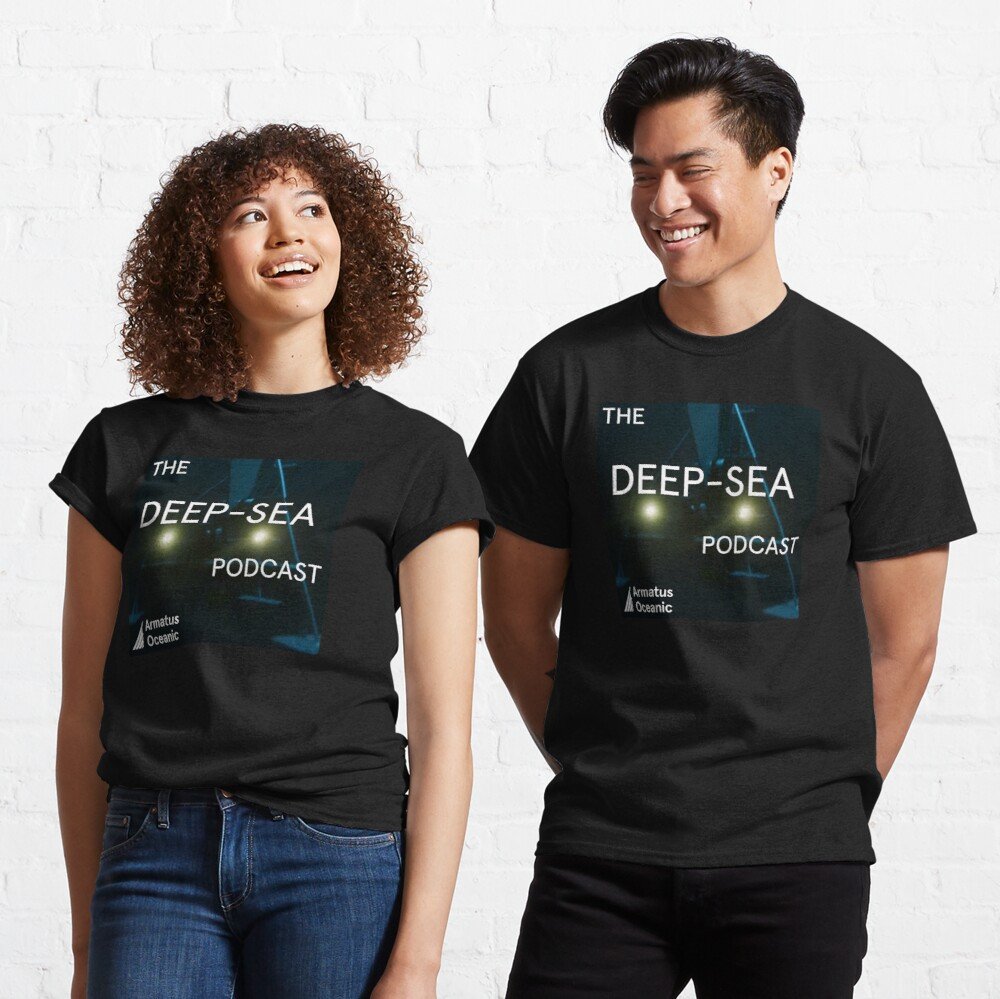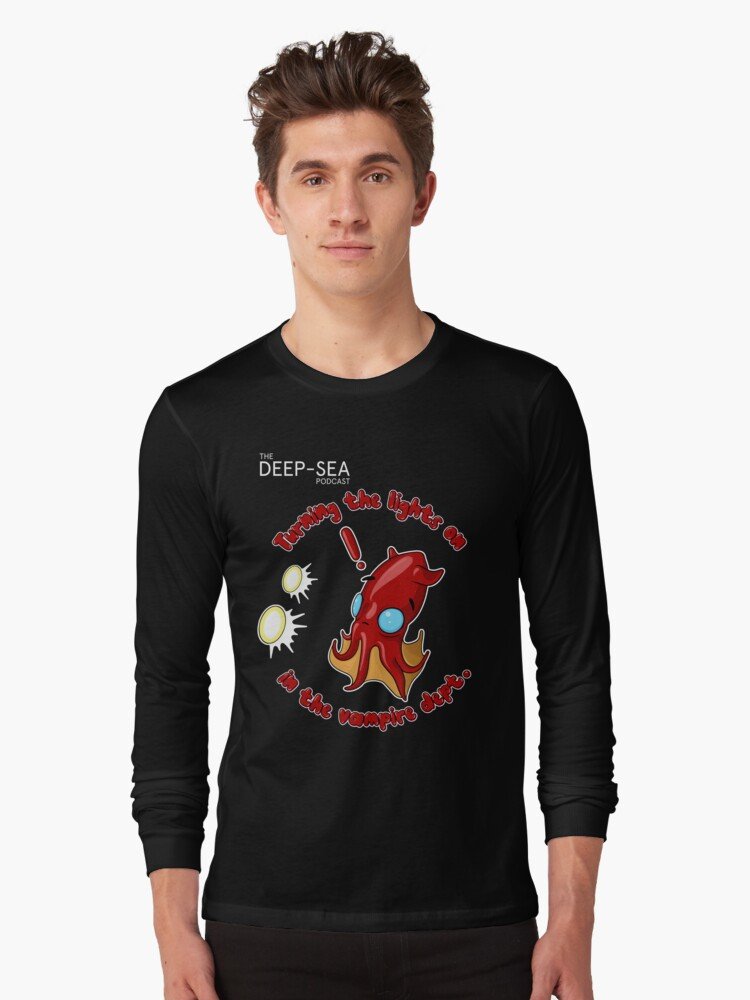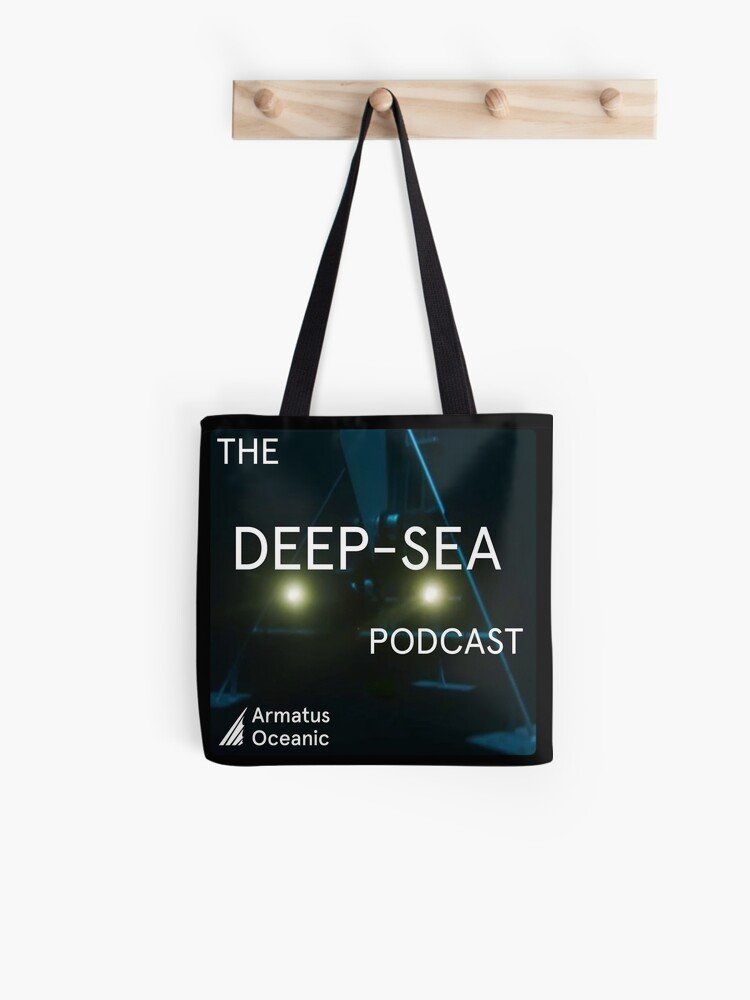LISTEN ON YOUR FAVOURITE PODCAST PLATFORM
OR LISTEN RIGHT HERE:
LISTEN TO THE FULL EPISODE
LISTEN TO THE SHORTER VERSION
We have a confession to make. We talk a big game about how we are busting myths, tackling deep-sea tropes and showing the deep ocean as it really is… but we have been guilty of one of the big ones. The deep sea is not just the bottom! Most of the deep sea, in fact, most of the habitat of this planet is the huge open 3D environment of open water or ‘pelagic’ water. In this staggering volume the planets largest migration takes place twice a day. Animals are locked in an evolutionary arms race, using their own light to deceive and trick. Finding a meal is rare, finding a mate is rare and life is without boundaries. These factors have led to some truly wild evolution.
A terrifying deep-sea anglerfish, thumb for scale
We also tackle a couple of listener questions: Whatever happened to the word ‘nictoepipelagic’ which seems to have vanished from scientific writing? We also discuss parasites in the deep sea, how can they find a specific host when the animals are so spread out? We hear from Don about hunting for the 'deep scattering layer' (DSL) before we even knew what it was and find out where Larkin has been from her new vessel on the Gulf of Mexico.
The abyssal grenadier (Coryphaenoides armatus) at 5 km depth in Antarctica, sporting some rather fetching ectoparasites.
In recent news we cover Edith Widder and her new book Below the Edge of Darkness, underwater GPS through the power of a pong, following the yellow brick road to meet the deep-sea wizard and some lovely new footage of a highfin dragonfish.
We also find ourselves talking about how the deep sea is portrayed in children’s books and learn that apparently zesty citrus and floral smells are associated with the deep ocean… who knew?!
DID YOU KNOW WE SELL MERCH?
Check it out here!! And please do send in any pics of you wearing the merch!
Feel free to get in touch with us with questions or your own comments on:
We’d love to actually play your voice so feel free to record a short audio note!
FOLLOW US ON SOCIAL MEDIA!
Twitter: @DeepSeaPod, @ArmatusO
Facebook:DeepSeaPodcast, ArmatusOceanic
Instagram: @deepsea_podcast, @armatusoceanic
Keep up with the team on social media
Twitter: Alan - @Hadalbloke, Thom - @ThomLinley, Georgia - @geeinthesea
Instagram: Thom - @thom.linley, Georgia - @geeinthesea
Read the show notes and find out more about us at:
FURTHER RESOURCES
LINKS
The synthesis paper of a decade of research into the Deepwater Horizon disaster. Open access
Carbon export model for mesopelagic fishes in the Gulf of Mexico
Rosetta stoned by TOOL
Edith Widder
Dragonfish and Video
Rainbowfish discovers the deep sea
Larkin’s YouTube channel and Instagram
Credits
Theme – Hadal Zone Express by Märvel
Logo image
Some of Thom’s pics from the Mid-Atlantic
Glossary
Abyssopelagic – open water 4-6 km (13,000 to 20,000 ft) deep
Aphotic zone – depths deeper than life penetrates
Bathypelagic – also known as the midnight zone, open water roughly 1-4 km (3,300-13,000 ft) deep
Benthic – associated with the bottom, how we usually think about the deep sea
Deep Scattering Layer (DSL) – a ‘false bottom’ created on sonar by huge numbers of open water animals
Dragonfish – deep-sea predators of the family Stomiidae
Dysphotic zone – the depth that light still penetrates but photosynthesis is becoming unviable
Euphotic zone – the surface and well illuminated zone
Hadalpelagic – open water >6 km deep
Mesopelagic – also called the twilight zone, starts where 1% of light reaches and ends where there is none, roughly 200-1,000 m (656-3,280 ft) deep
Myctophids – Lanternfish, fish responsible for the biggest carbon movements on the planet
Nictoepipelagic – The wink on the open sea. Great word for these vertical migrators
Pelagic – open ocean, away from the shore and the bottom
Photic zone – the depth that light penetrates
Vertical migration – the twice daily migration of deep-sea animals up to the surface to feed









